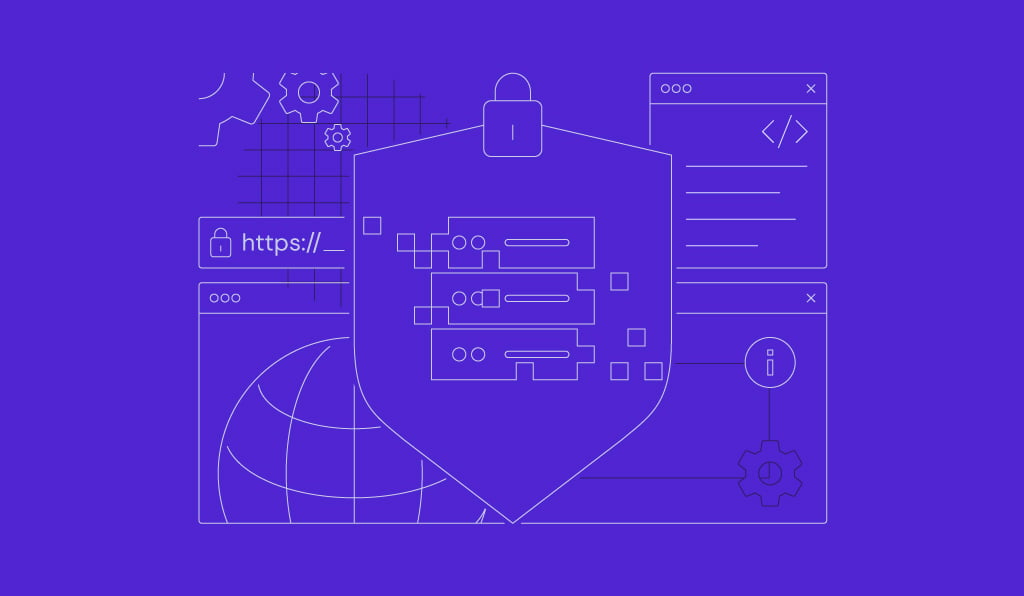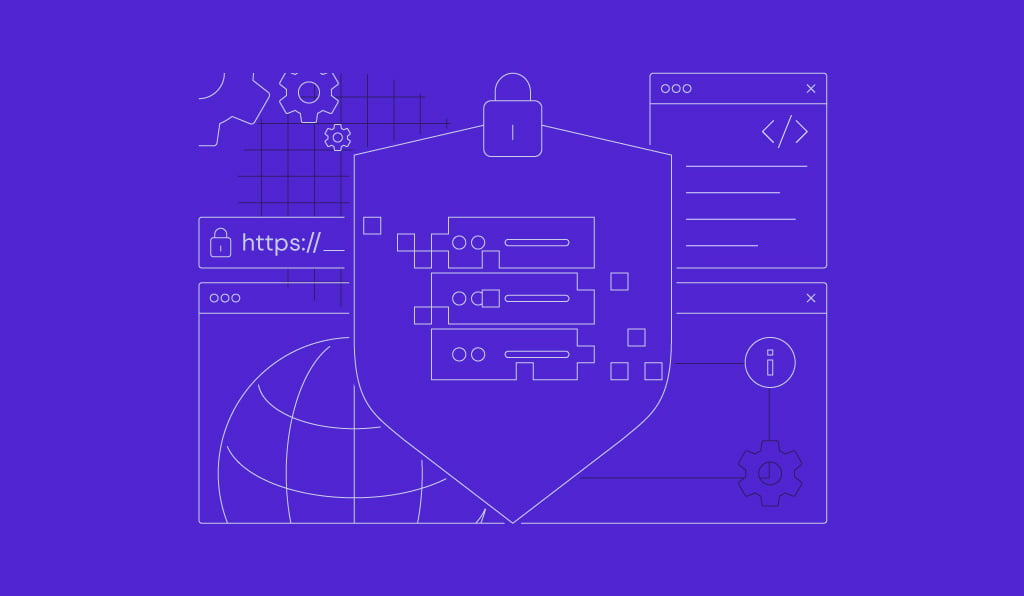Django best practices: Project structure, code-writting, static files tips and more
Django is the ideal solution for building complex web applications since it is simple and easy to use. However, you have to apply the best development...
How to use Django views
Django views are a key component of any web application, bridging your application’s data and user interface. Once your Django database and...
How to use Django forms: Creating, rendering and handling forms
Django’s forms handling system uses Python classes to represent forms as objects. These forms can be rendered in templates, validated, and processed...
Django user model: What it is, how to use it and more
The Django User model provides a solid foundation for managing users, securing content, and controlling access to your web applications. As...
Kali Linux tutorial: Essential commands, managing Kali tools, running scans, and more
As a security-focused operating system, Kali Linux lets you perform various tasks, such as penetration testing, digital forensics, and network...
How to update Kali Linux: Upgrading packages to the latest version
Updating Kali Linux is important for maintaining a secure and efficient system. As a rolling release operating system, Kali Linux provides frequent...
How to install CyberPanel? Using a VPS template and manually
CyberPanel provides a graphical interface and various features to streamline Linux virtual private server (VPS) management. However, setting up this...
Ollama GUI tutorial: How to set up and use Ollama with Open WebUI
By default, Ollama runs large language models (LLMs) through a command-line interface (CLI). However, you can pair Ollama with Open WebUI – a...
What is CyberPanel: Main features and use cases
A hosting control panel provides a graphical user interface and various features for managing your Linux virtual private server (VPS). It eliminates...


